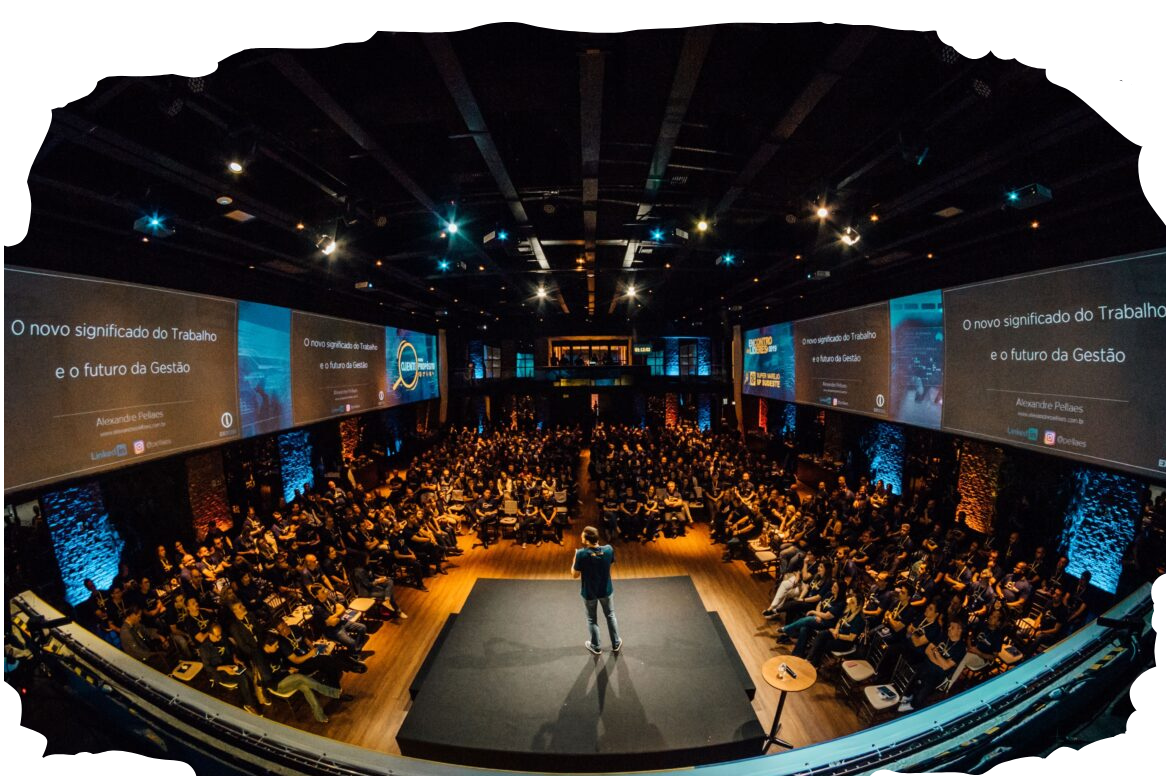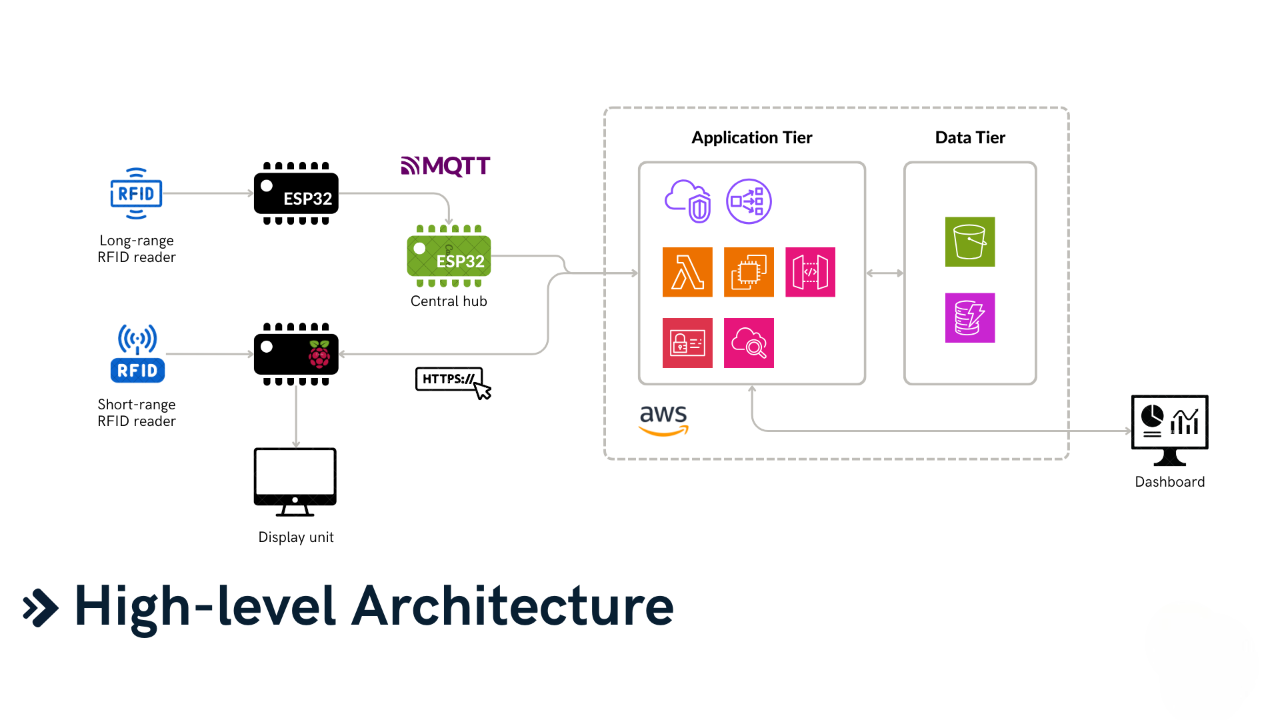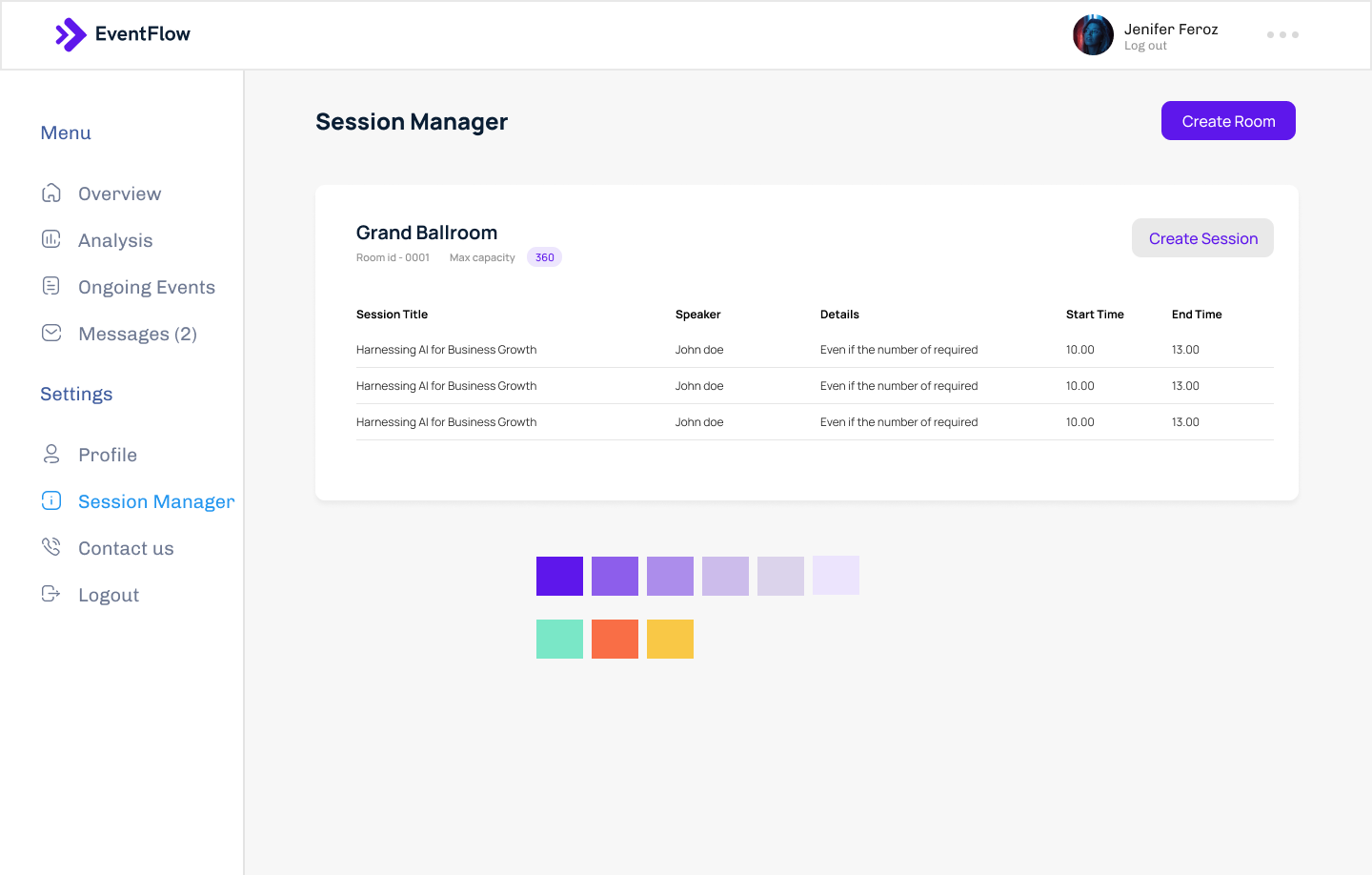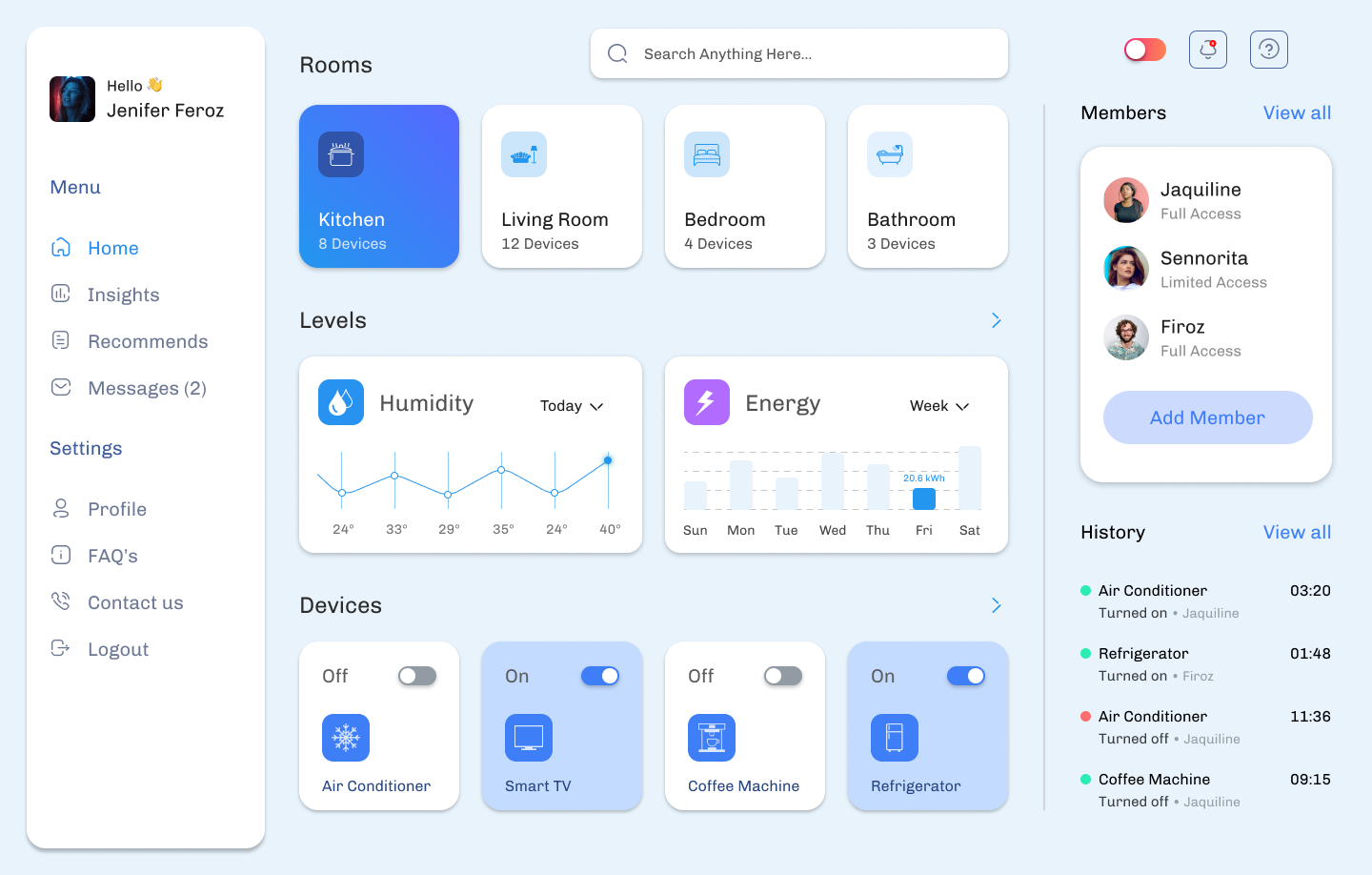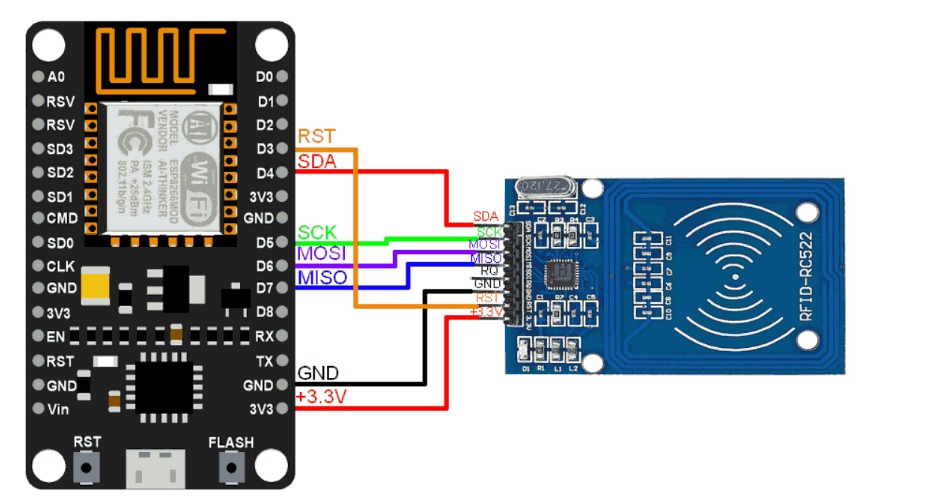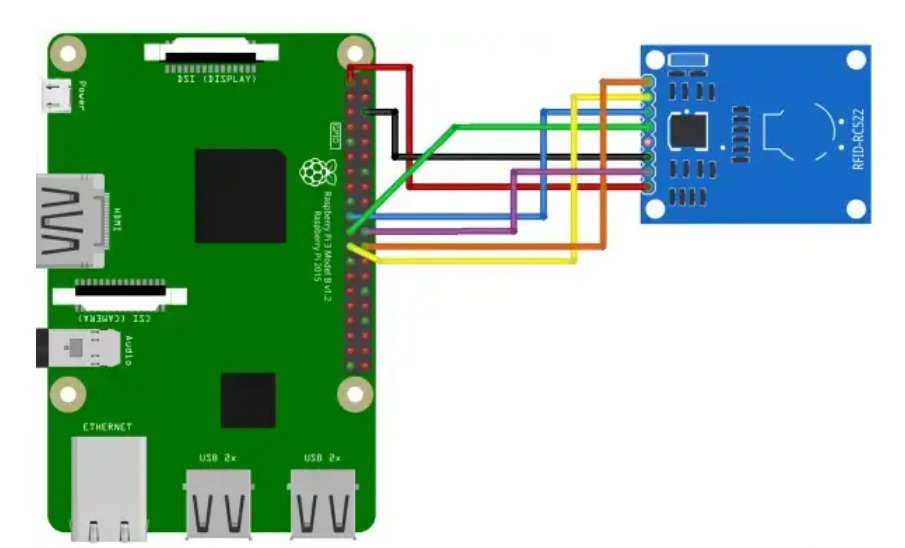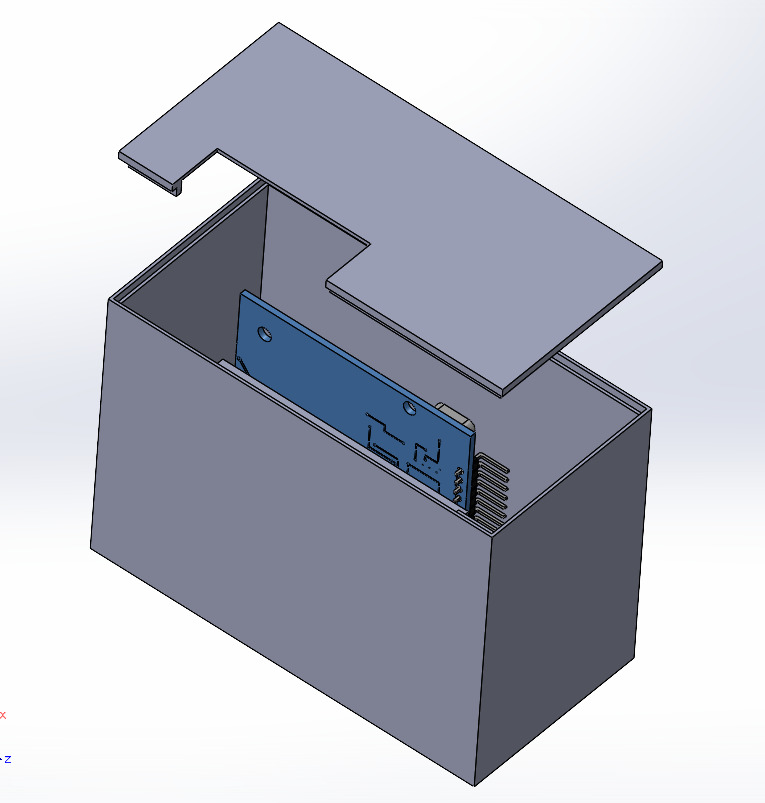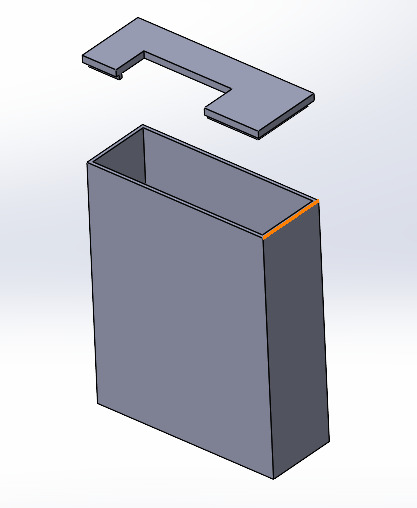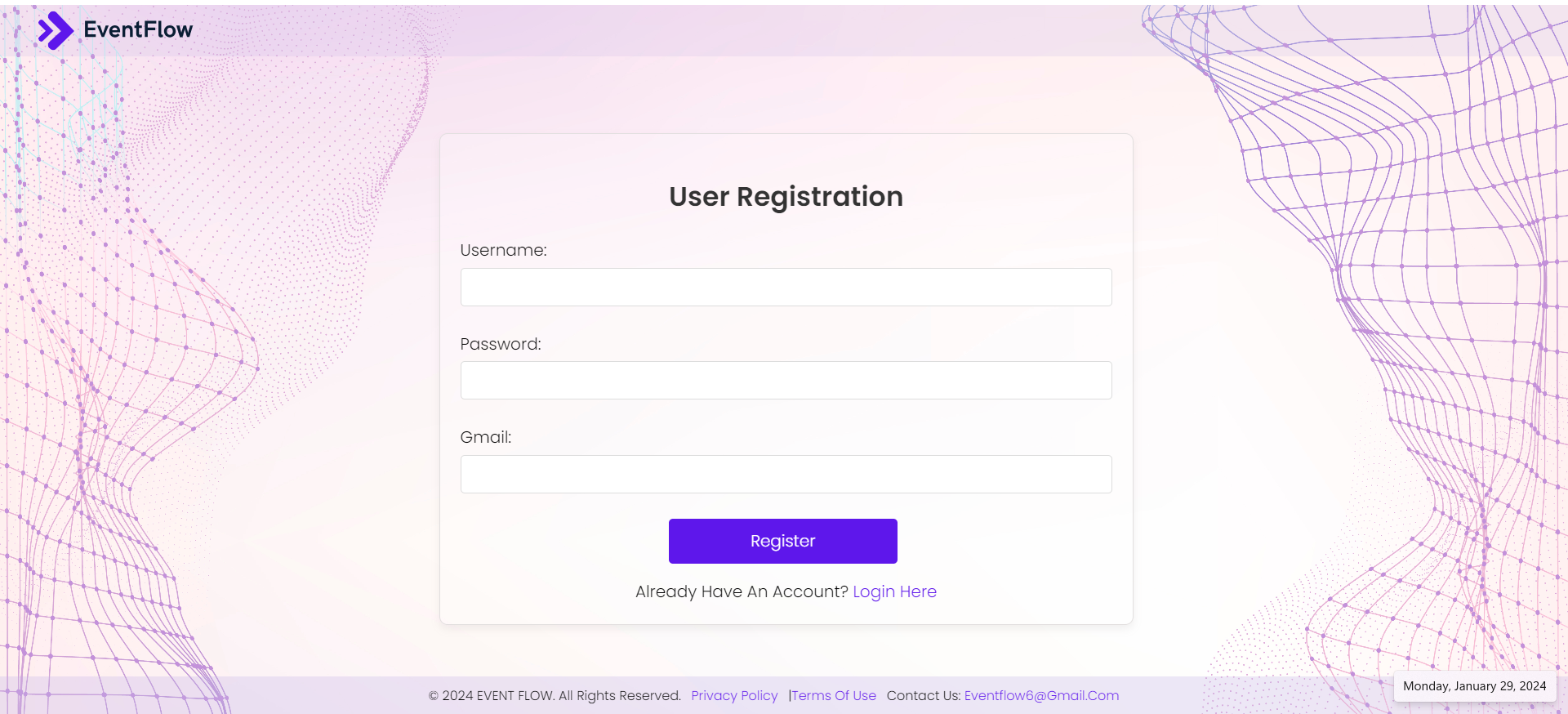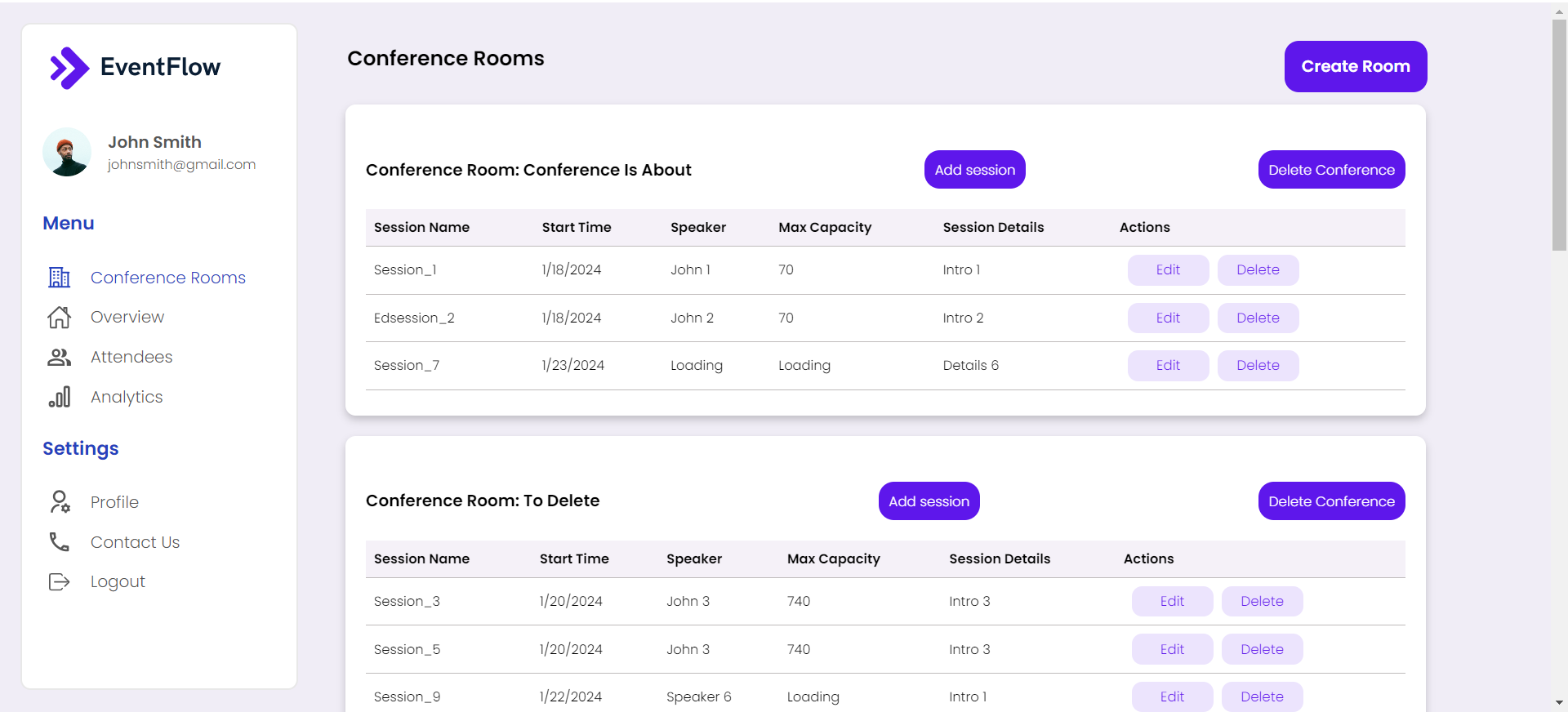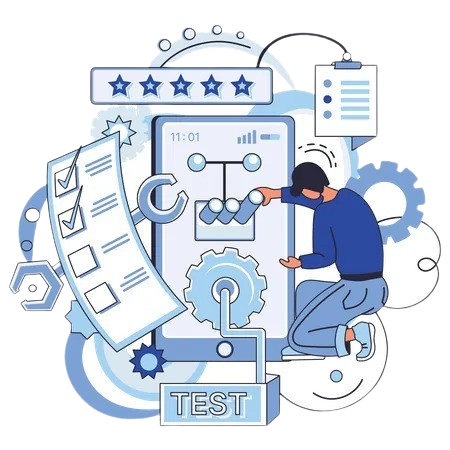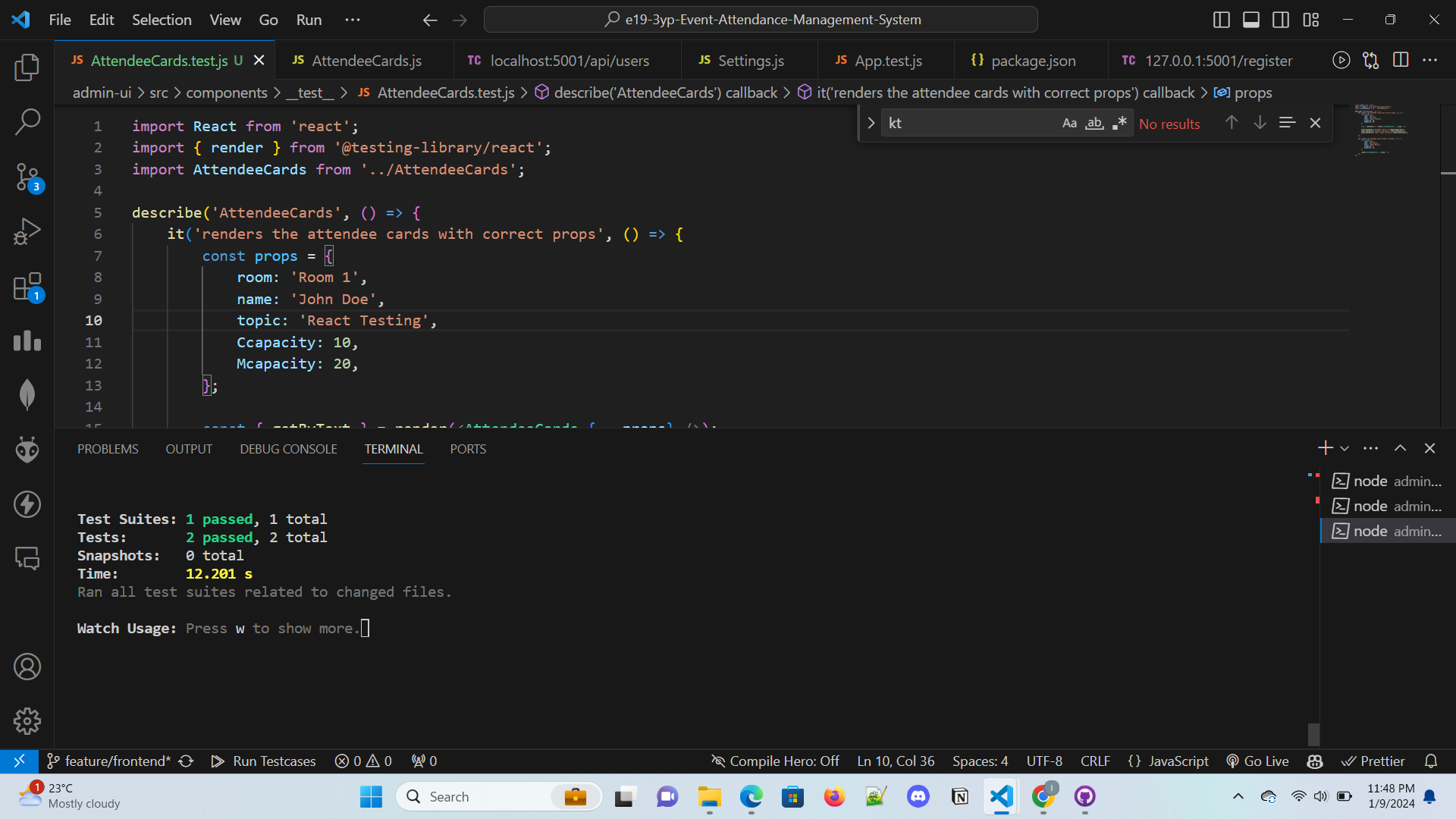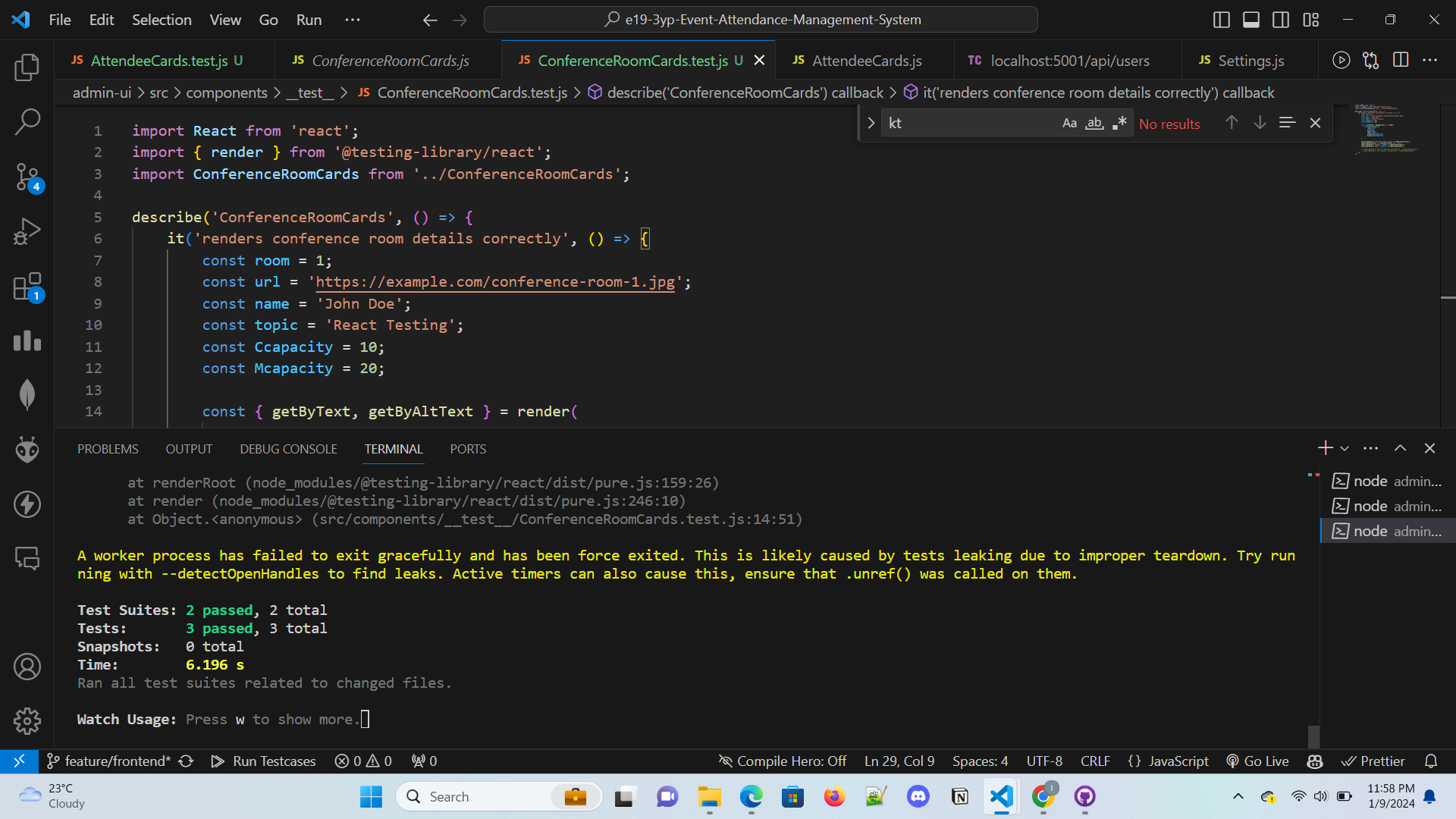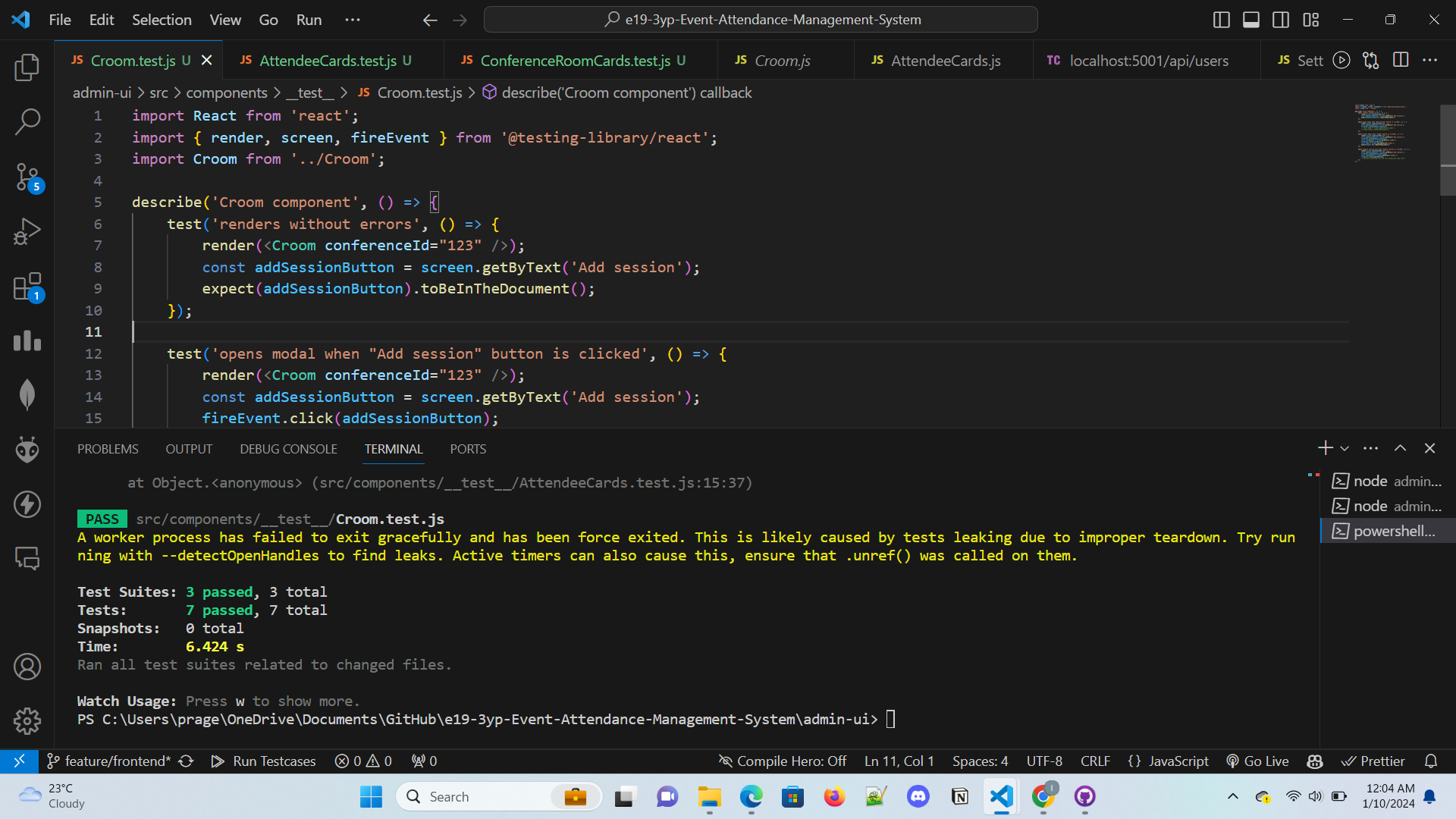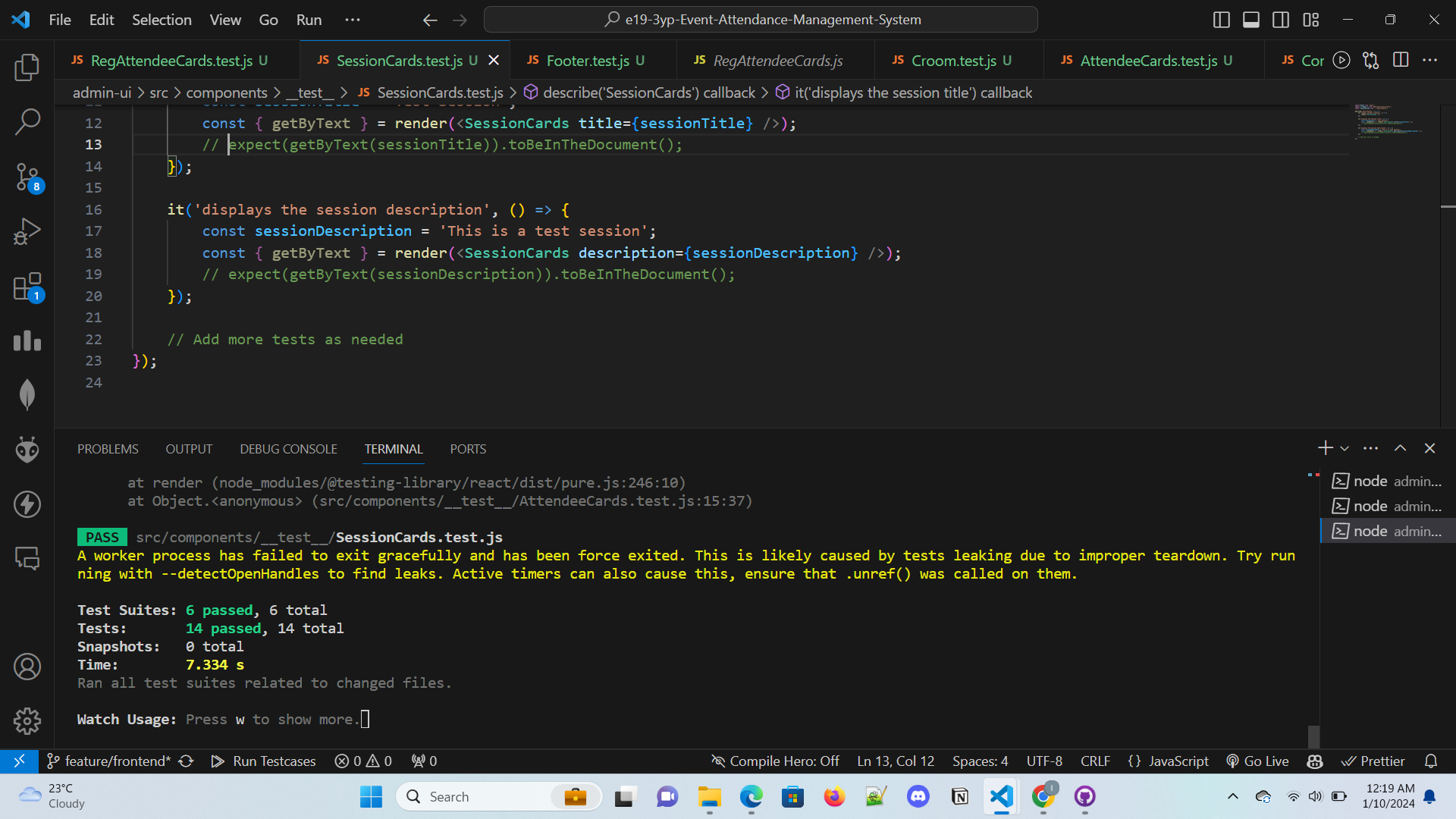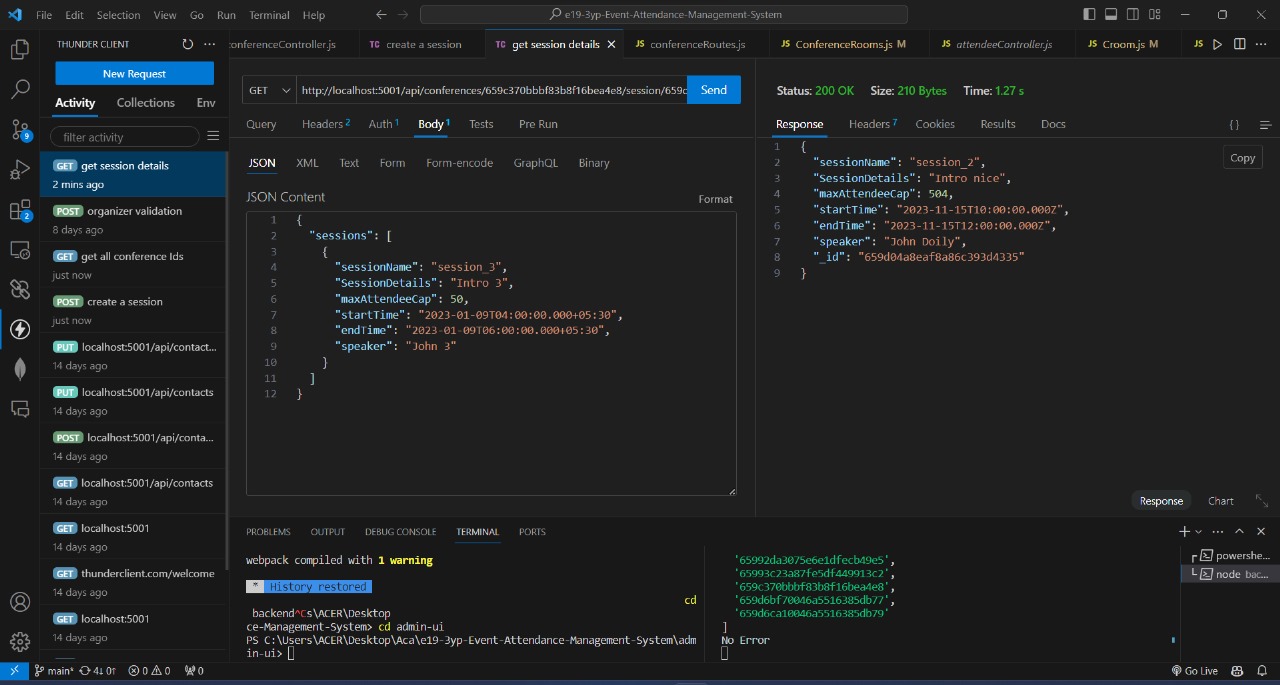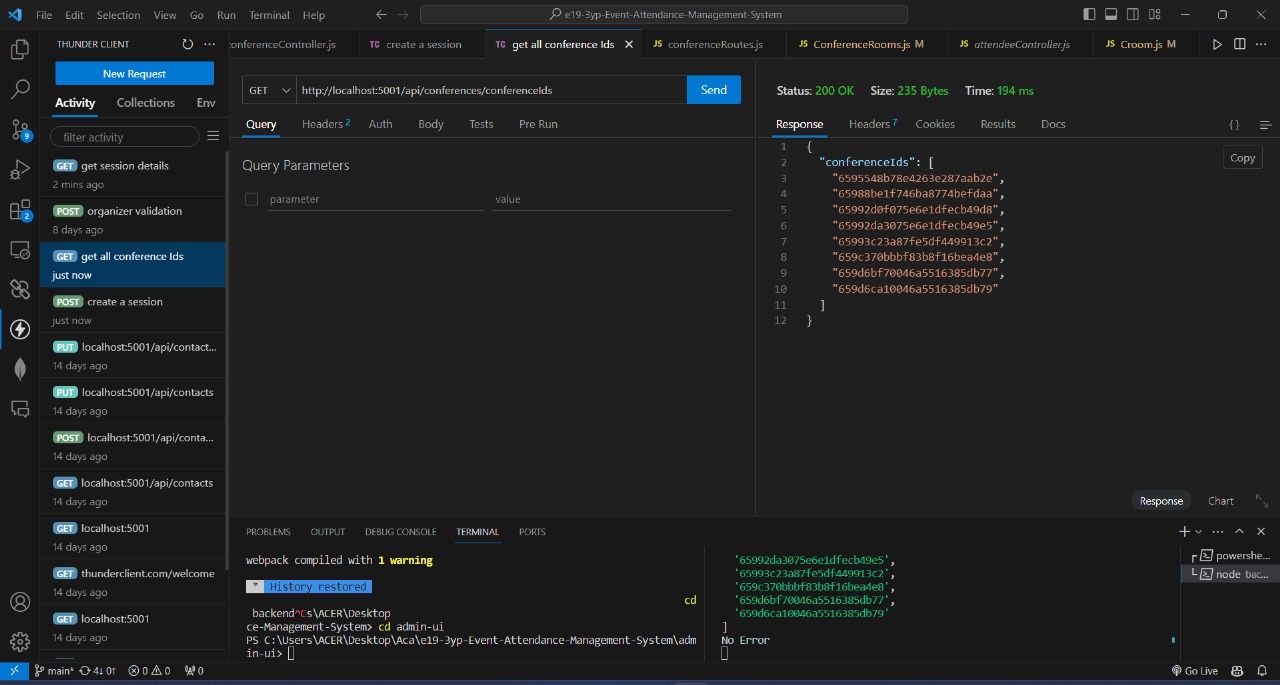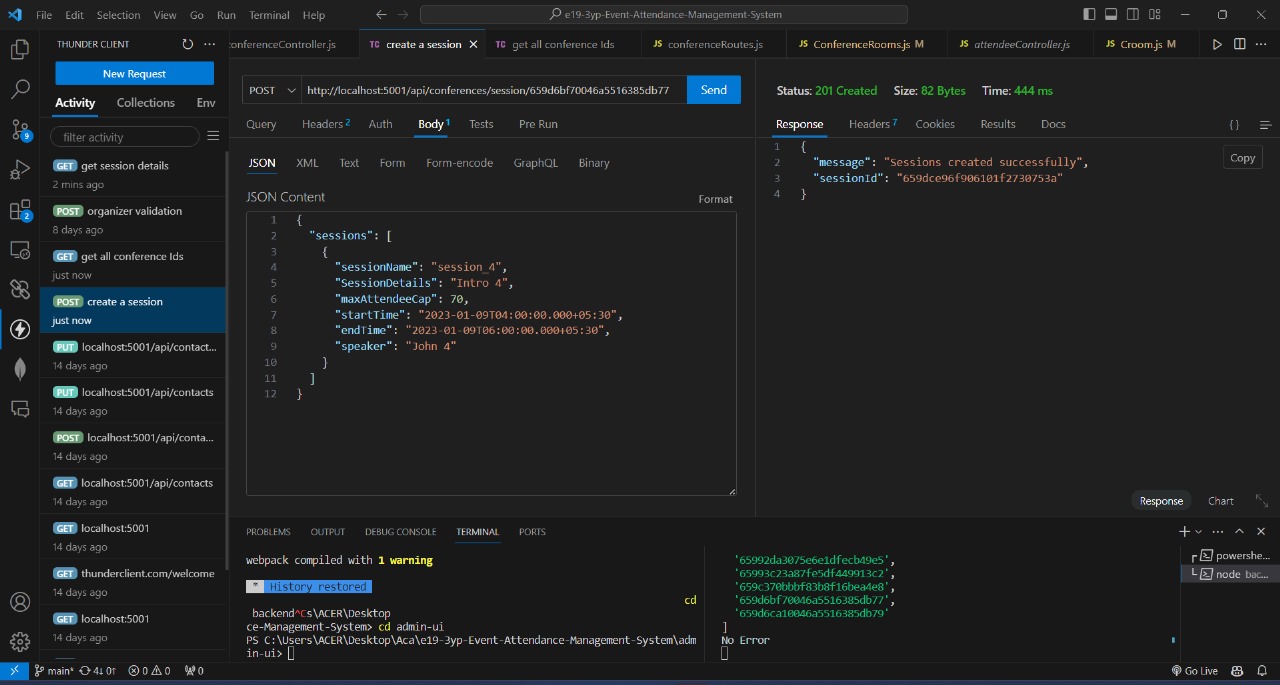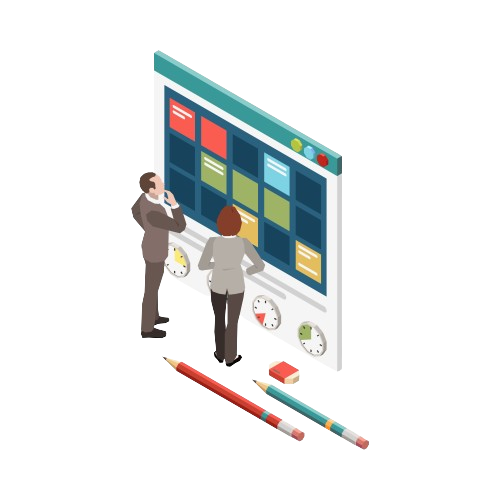Our strategy for bringing our product to market and achieving commercial success is divided into key criterias.
1. Target Market
Identify the target market. Describe the demographics, psychographics, and behaviors of our ideal customers.
2. Value Proposition
Clearly state the value our product/service provides to customers. Explain why it's unique and how it solves a problem or meets a need.
3. Go-to-Market Strategy
Prepare a plan to distribute and promote our product. Discuss sales channels, marketing tactics, and partnerships.
4. Pricing Strategy
Detail the pricing model by explaining how we determined our pricing strategy and how it aligns with the value we offer.
5. Sales and Distribution Channels
Obtaining channels to sell and distribute our product which include online platforms, retailers, or direct sales.
6. Marketing and Promotion
Discuss marketing and promotional activities. This could include digital marketing, social media, advertising, events, etc.
7. Timeline and Milestones
Provide a timeline for your commercialization efforts. Highlight key milestones and deadlines.
8. Risks and Contingencies
Address potential risks and challenges. Outline contingency plans to mitigate these risks.
9. Monitoring and Evaluation
Monitor and evaluate the success of commercialization efforts by Specifing key performance indicators (KPIs).
